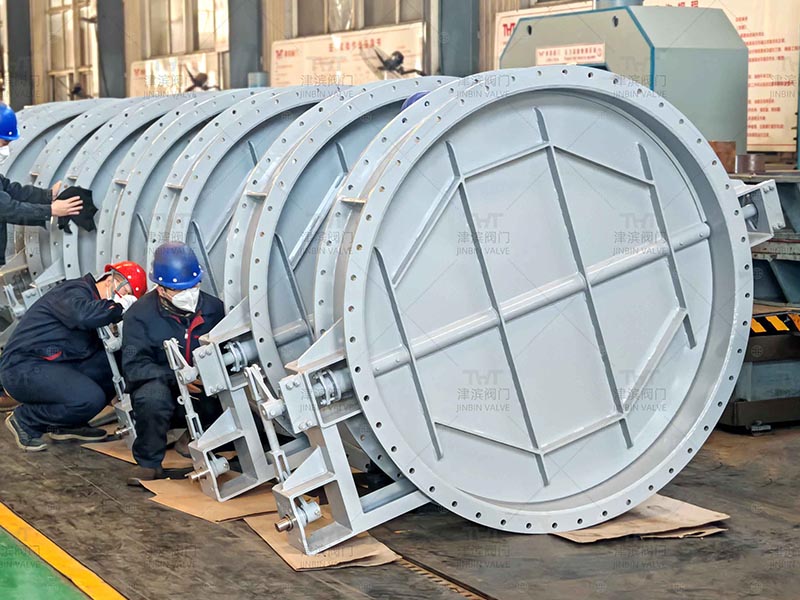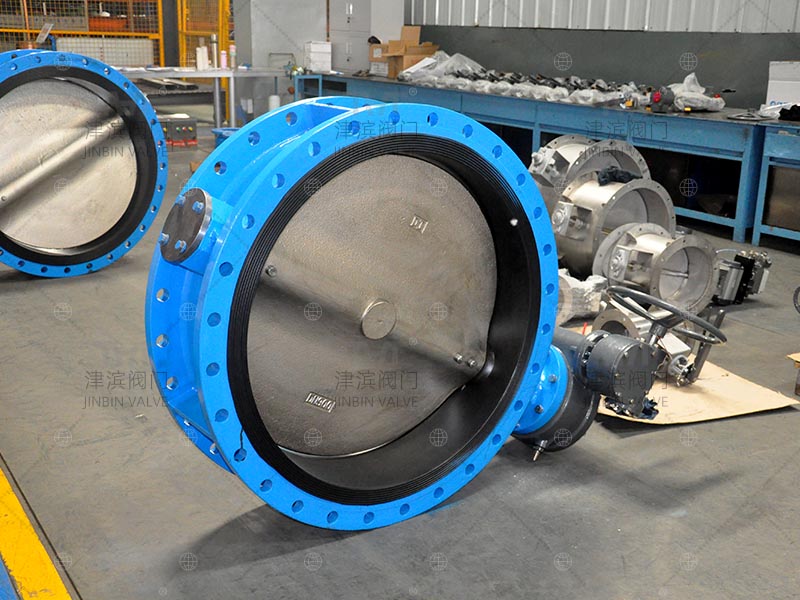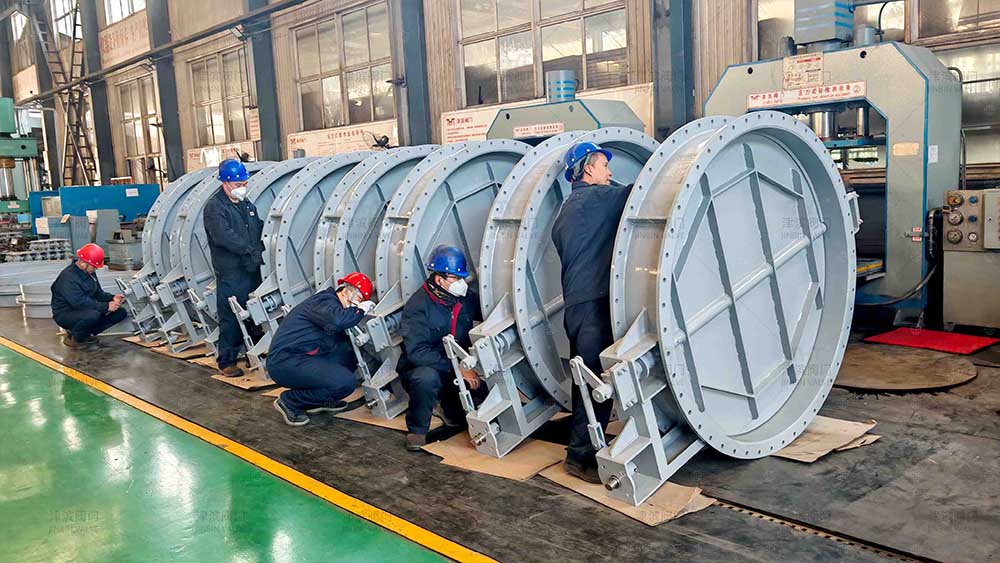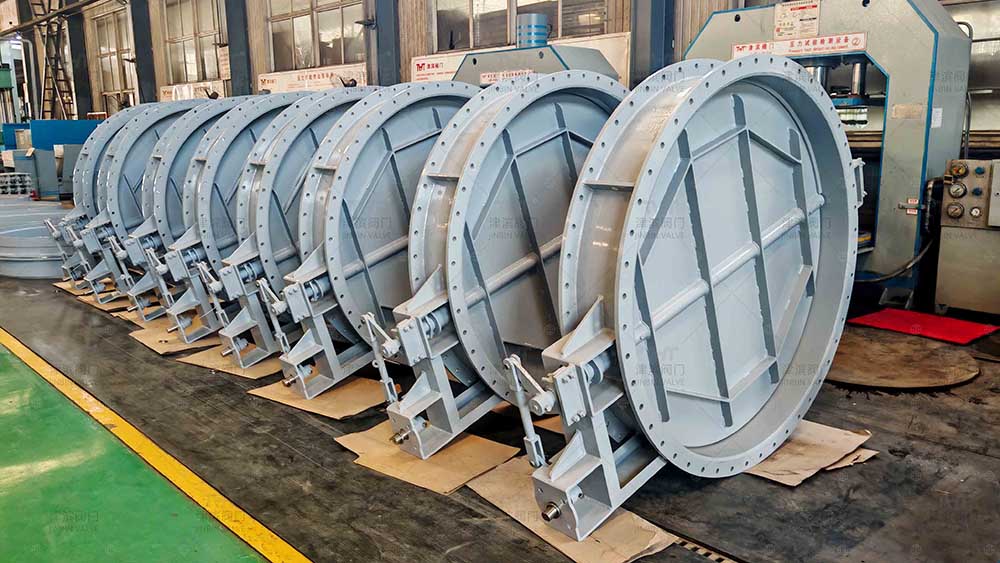The connecting rod headless air damper valve, as a key control component in industrial ventilation and pneumatic conveying systems, has many significant advantages. Its most core feature is to abandon the independent valve head structure of traditional damper valves. Through an integrated connecting rod transmission design, the overall structure is greatly simplified, making the volume more compact. It can adapt to the working conditions with dense equipment layout and save installation space.
Dampers are commonly found in factory ventilation systems, fresh air systems of subways, and flue gas ducts of boilers. Butterfly valves are widely used in water transmission pipelines of waterworks, air conditioning water systems, and fluid cut-off links in petrochemical plants.
The most significant difference between air dampers and butterfly valves lies in their application orientation and core performance design. Flue gas damper focus on controlling the air volume, guiding and cutting off the flow of gases (especially air, flue gas and dust), while butterfly valves mainly function to switch off and regulate the flow of liquids, gases or steam. Due to the different medium characteristics and application scenarios, Key differences are formed in structure, sealing focus and performance indicators.
From a structural perspective, Guillotine dampers mostly adopt multi-blade, plug plate or baffle type valve cores. Some, such as the connecting rod headless air damper, also optimize the gas flow path through connecting rod transmission. The sealing design focuses on reducing the “air leakage rate” to meet the requirements of air flow stability in ventilation, dust removal, HVAC and other systems. Butterfly valves have a circular disc-shaped valve core as their core. The valve core rotates around the valve shaft to achieve opening and closing. The sealing design focuses on “preventing leakage” and must meet a certain pressure resistance level. They are suitable for fluid transportation scenarios such as water supply and drainage, chemical industry, and thermal pipelines.
In terms of performance indicators, air valves pay more attention to the accuracy of air volume regulation and the resistance to dust erosion to cope with the wear of components caused by dusty air flow. Butterfly valves place more emphasis on opening and closing speed, pressure resistance and sealing performance, as well as service life. Some high-pressure butterfly valves also need to have the ability to resist cavitation.
Post time: Oct-26-2025




